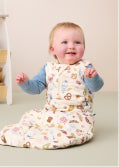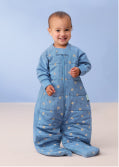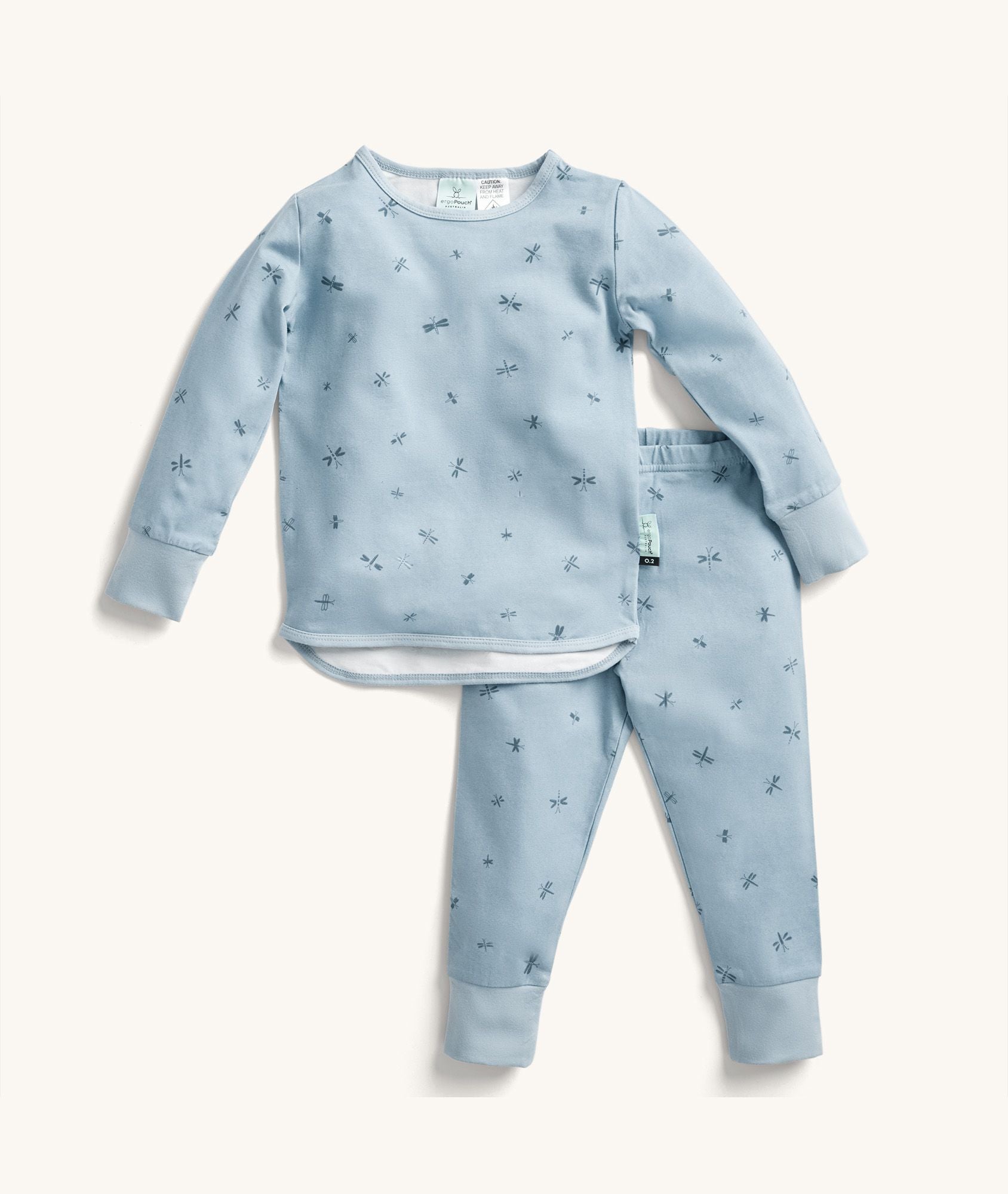
We sat down with our friend Dr Golly to chat about preparing a baby for nap time. Over to you Golly: Here are my top 5 tips to help build these foundations and prepare your baby for nap time.
Tip 1: Burp burp burp
In my practice, one of the main causes of unsettled behaviour in the first few weeks/months of life is inadequately burped babies - the result is painful, trapped wind. So much time in my program is dedicated to winding! You will often see people recommend eat-play-sleep rhythms - my version of this is eat-burp-play-eat-burp-change-sleep. Burping should be a priority after every feed; if someone is cuddling your baby in the first couple of months - put them to work burping! Note: Patting your baby on the back does nothing. Better to try my active winding techniques in the program.
Tip 2: Watch for tired signs
When your baby arrives, they can only manage small amounts of awake time - anywhere from 35-60min. In the first 4 weeks, this is sometimes just enough time for a feed, change and burp.
These awake windows increase as your baby gets older.
'I'm getting tired' signs include:
- Distant looks and stares
- Appearing bored
- More vocal & chatting
- Starts posseting/spilling milk more, despite not being fed for some time
- Jerky movements
Rather than strictly watching the clock, watch your baby. Look closely for any of these signs. Once you've observed the 'I'm getting ready for bed' signs, begin your wind-down routine - ready for bed.
Tip 3: Swaddle
Swaddling is one of the most important steps in prepping your baby for bed - it's a warm, enveloping hug that returns babies to the feeling of being snug in a warm womb. Beyond resembling a warm hug, the swaddle is also there to limit your baby's startle reflex. This is called the Moro - or parachute - reflex, where your baby will suddenly throw their arms and legs out - when startled or even spontaneously, without trigger.
It's sometimes referred to as the parachute reflex, because they look like they're jumping out of an airplane preparing to launch their parachute. This sudden jolt of movement can often wake a baby out of their sleep, or give them such a shock that they begin to cry. Swaddling limits their arm movement to minimise this shock. But always remember - the arms can be swaddled, but to protect the health of the hips - never swaddle the legs tightly. Once your baby starts showing signs of rolling, you'll need to transition them to arms out sleeping for their safety.
ergoPouch has its Cocoon Swaddle Bag. Their zip-up swaddle is TOG rated for warmth to keep a baby snug and securely swaddled without the need for complicated wrapping from day one. Ergonomically designed and made from natural fibres, so Great for sensitive skin.
Tip 4: Room environment
When babies are born, they are quite insensitive to noise and light. Together with residual melatonin (natural sleep-promotion hormone) from their mother's placenta still flowing through their system, they are usually happy to sleep in a light-filled room during the daytime.
As this begins to wear off and babies become more alert and sensitive, a darker room becomes important.
The 3 things to remember when it comes to creating the correct room environment are:
- Dark: so you can't see your hand in front of your face, try these Window Blockouts;
- TOG appropriate outfit for the temp - ergoPouch have terrific cards to help with this;
- White noise - babies love white noise, it drowns out household sounds and reminds them of being in the womb. It will become a really positive sleep association.
Tip 5: Put to bed sleepy but not asleep
In the first 3 weeks of life, you can rock, cuddle, sing your baby to sleep - this is fine. After this, we want to start to get them to self-settle. Putting them down sleepy but not asleep is really important, so if they start to wake up mid-sleep, they can easily re-settle in the darkroom with white noise.
In my Dr Golly Sleep Program, we start routines at 6 weeks (5-6kg). At this age, most babies with the removal of hurdles should be able to sleep from around 11pm to 7am.
NOTE: Newborns are supposed to wake during the night to feed, this is inevitable. Not only does it help them grow, night breastfeeds help to bolster milk supply.
About the author
Dr Golly (Dr Daniel Golshevsky) is a Melbourne-based paediatrician and father of three. Specialising in unsettled babies and poor sleep, Dr Golly developed this program through his work with thousands of babies over a decade of practice. With a focus on empowering parents and protecting mothers, Dr Golly turns up the volume of that innate parental instinct to maximise parents' understanding of their baby's cues and bring everyone closer to a full night's sleep.







































